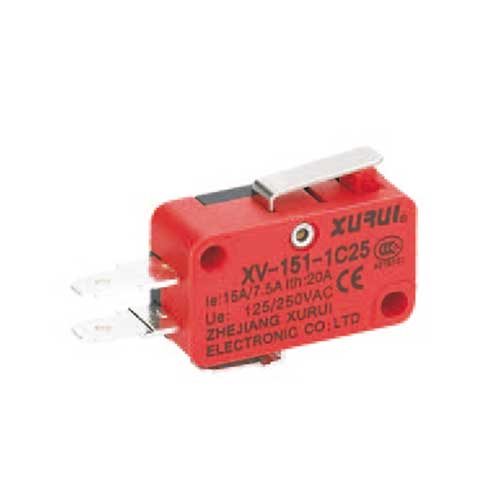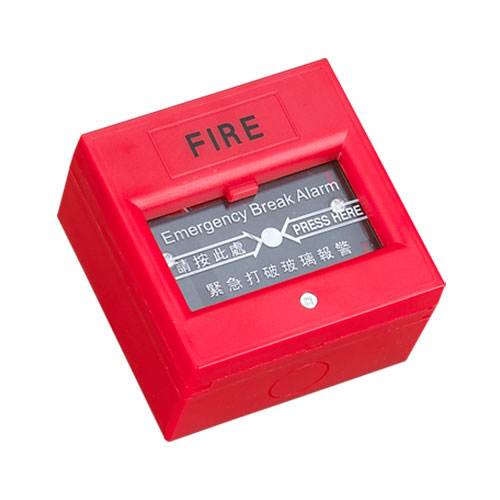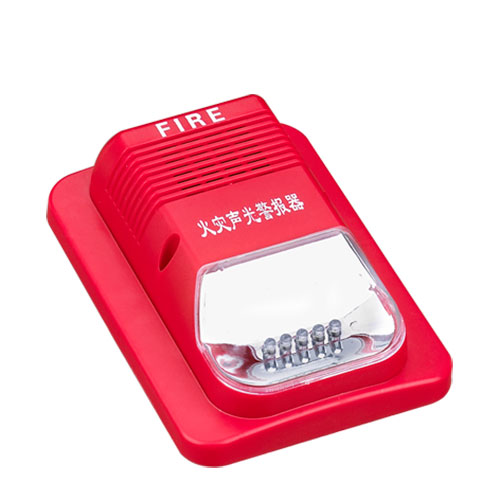Solid State Relays (SSRs) are essential components in modern electrical control systems, offering silent operation, fast switching, and long service life. This article explains what SSRs are, how they work, their applications, different mounting types, and how they compare with traditional relays.
What Are Solid State Relays?
A solid state relay (SSR) is an electronic switching device that uses semiconductor components—such as thyristors, triacs, or transistors—instead of mechanical contacts. Unlike electromechanical relays (EMRs) that physically open and close contacts, SSRs perform switching electronically with no moving parts.
Key characteristics of SSRs include:
-
No mechanical contacts → silent and wear-free operation
-
Fast response time
-
High reliability and long lifespan
-
Ideal for high-frequency or repetitive switching
What Are Solid State Relays Used For?
Solid state relays are commonly used in situations requiring rapid, clean, and reliable switching, particularly in industrial automation and temperature-controlled systems.
Common Applications:
-
Heating control in ovens, packaging machines, plastic molding equipment
-
Motor control in conveyors, pumps, or HVAC systems
-
Lighting control for LED and resistive loads
-
AC or DC switching in power distribution systems
-
Industrial automation requiring high-frequency switching
-
Home appliances such as induction cookers and smart thermostats
Their ability to switch without sparks or noise makes SSRs ideal for cleanrooms, medical devices, and noise-sensitive environments.
How Do Solid State Relays Work?
An solid state relay works by converting a small input control signal into an electronic switching action using semiconductor devices.
Typical SSR Working Process
-
Input Stage
The control signal (from PLC, microcontroller, sensor, etc.) activates an LED inside the SSR.-
Input can be AC or DC
-
Low voltage required, typically 3–32V DC
-
-
Isolation Stage
The LED triggers a photodiode or phototransistor, providing optical isolation between input and output.
This protects the control circuit from high voltages and electrical noise. -
Output Stage
Depending on the SSR type, the output switching element may be:-
Triac (for AC loads)
-
Thyristor / SCR pair (for high-power AC)
-
MOSFET or IGBT (for DC loads)
-
-
Switching Action
The semiconductor switches turn on/off the load without mechanical movement, resulting in:-
Extremely fast switching
-
No arcing
-
High reliability
-
Zero-Cross vs. Random-Turn-On SSRs
-
Zero-cross SSR: Activates only when the AC voltage crosses zero → reduces electrical noise.
-
Random-turn-on SSR: Activates immediately → ideal for phase-control or fast switching.
Solid State Relay Mount Types
SSRs come in several mount styles to fit different installation requirements.
1. Panel-Mounted SSRs
-
Most common type
-
Installed on a flat surface using screws
-
Often used with heatsinks for high-power loads
2. DIN-Rail Mounted SSRs
-
Designed for electrical cabinets
-
Snap directly onto 35mm DIN rails
-
Ideal for automation systems, PLC panels
3. PCB-Mounted SSRs
-
Compact and light
-
Suitable for electronic devices and embedded systems
-
Used in consumer electronics and small automation modules
4. Socket-Mounted SSRs
-
Allow quick installation and replacement
-
Used where maintenance convenience is important
Solid State Relay Comparisons
SSRs vs. Electromechanical Relays (EMRs)
| Feature | SSR | EMR |
|---|---|---|
| Switching Method | Semiconductor | Mechanical contacts |
| Switching Speed | Extremely fast | Slower |
| Noise | Silent | Audible clicking |
| Lifespan | Very long | Limited by contact wear |
| Switching Frequency | High | Low to medium |
| Heat Generation | Higher (requires heatsink) | Lower |
| Cost | Higher | Lower |
| Suitable Loads | AC/DC electronic loads | Inductive & general-purpose loads |
SSRs vs. MOSFET Relays
| Feature | SSR (Triac/Thyristor) | MOSFET Relay |
|---|---|---|
| Best for | AC loads | DC or low-power loads |
| Speed | Fast | Very fast |
| Isolation | Optical | Optical |
| On-State Loss | Higher | Lower |
Conclusion
Solid state relays are advanced switching devices that provide silent operation, long service life, fast switching, and superior reliability. They are widely used in automation, heating control, motor systems, and modern electronic equipment. By understanding how SSRs work and their various mounting types, engineers can better select the right relay for their application.
FAQ
Q1: Can SSRs switch both AC and DC loads?
A: No – most SSRs are designed for either AC or DC loads. Universal SSRs (AC/DC) are available but less common. Always match the SSR to your load type.
Q2: Do SSRs require heat sinks?
A: Yes, for high-power loads (typically above 10A). Semiconductors generate heat when conducting, so a heat sink prevents overheating and extends lifespan.
Q3: Can SSRs be used with inductive loads?
A: Yes, but choose an SSR rated for inductive loads (e.g., triac-based AC SSRs with snubber circuits) to handle voltage spikes from inductive kickback.
Q4: How to troubleshoot a faulty SSR?
A: Check the input signal (ensure it meets the SSR’s voltage/current requirements), test for output continuity (on/off state), and inspect for overheating or physical damage.









